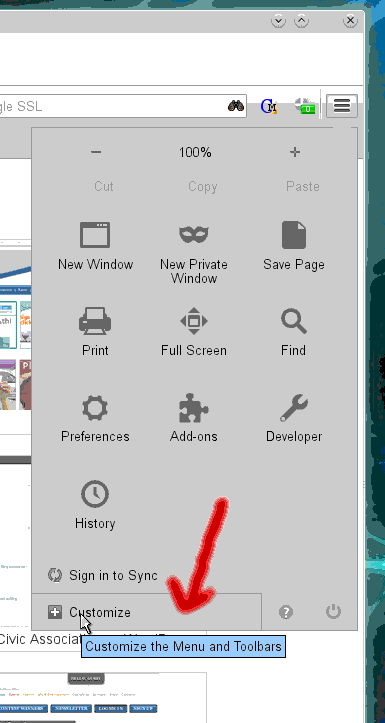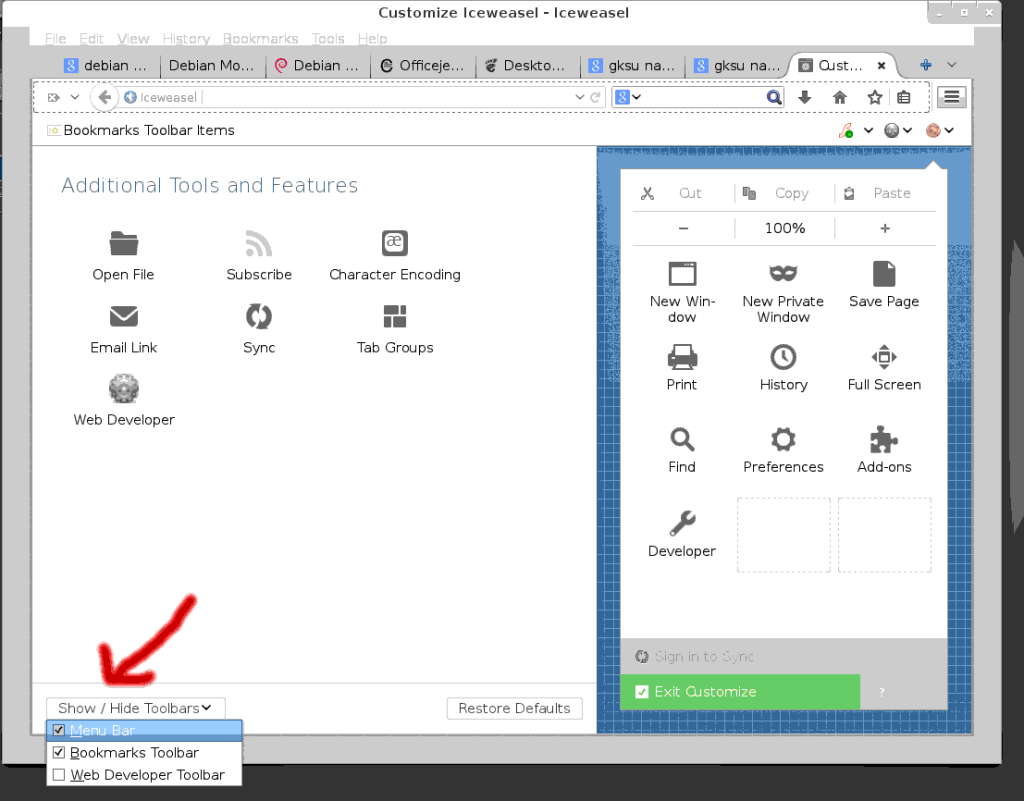A “Millennial” writes on whey she remains in the Church, with far wider application than just to “Millennials.”
“A Reluctant Millennial On The State of Church” By Meghan Florian, on the Religion Dispatches web site.
Check this out. It fits with what I’ve long maintained regarding the importance of community / koinonia.
Some key comments in the article:
Someone made me read Dietrich Bonhoeffer’s Life Together in college, and someone else suggested I think about seminary. So, even though I was (and am) a flaming liberal feminist, I stuck it out, and entered into a lifelong lover’s quarrel with God and the church.
Dietrich Bonhoeffer’s Life Together(and other writings) has been an influence in my life, and in the lives of many in the family of faith.
We’re not only supposed to be looking for Jesus, but being his presence for one another. People come and go from the church, but perhaps we were never supposed to “go to” church in the first place, because we are actually supposed to be the church. Those are different things.
I was just conversing yesterday with someone (older than myself, far beyond “Millennial” aged!), who persists in fellowship in a small, struggling congregation, despite many “warts” among her pastor and people of God. Why? She believes this stuff about being the Church — as she works on world hunger issues with Bread for the World.
Then there are the class and race issues which have bedeviled the Church in the U.S., as well as the ageless all-too-human tendency to try to create God in our own image, rather than allowing the New Creation of God to work in us.
Is it because your church’s Jesus doesn’t look like us? To that, my “millennial” answer is, “Well, duh.” Christians worship a homeless middle eastern guy as God. It should go without saying that he doesn’t look like most of the middle class North American young people this conversation is really about. It’s easy to leave church looking for, or to create, a community in which Jesus does look like us, though. That is the age old human problem from one generation to the next. We are always creating God in our own image, when it is supposed to be the other way around. We try to shape the church around our generation, instead of trying to be the hands and feet of Christ.
If you consider Tyler Tully’s article about the race and class dynamics of this conversation, what you might see is that we’re talking about a bunch of privileged white folks who expect that church, like everything else, is something they consume, rather than something they are called to create together. This, however, is not actually unique to “millennials.” It’s a perspective on church most of us learned by watching adults choose churches when we were children.
When we leave church we are not doing anything new. We are reenacting the story of modernity, the one where “man” is an island, where the individual is paramount, where free choice is an end in itself and self-sufficiency is God. When we say we don’t need institutions our actions imply we also believe we do not need each other. We’re not looking for Jesus, we’re looking for our own personal God. “We” in this instance isn’t “millennials”; it is, arguably, the human condition. Or, at the very least, a typical ideal among people in the United States today.
Another reflection says a lot about how we ought to include younger people in the life of the community. Having a “special” programs designed for certain groups of people (by others!) may not be the best approach. Being invited to participate in mission for and with others, in the context of the community (whatever its size or composition), might be the better way.
Instead of asking why some people leave, can we ask why some stay? And not just why they stay, but why they give their entire life over to the service of God and God’s people?
I have a hunch that part of it is that instead of being put in a box labeled “millennials” those of you who stayed felt included. Maybe someone asked you to teach the fourth grade Sunday school class when you were a high school student, and you got your first taste of mentoring and educating others. Maybe, instead of shoving you into a “singles” group, your church invited you to hang out with the babies and the middle aged folks and the old people, as if they hadn’t noticed (or didn’t care) that you were a twenty-something in skinny jeans. Maybe someone asked you to preach. Maybe someone brought you a casserole when you were sick—or asked you to make one for someone else.
It’s about the Community in Christ.
we stick around when we realize that we need each other, when we experience the support of the community in hard times, and when we are called upon to support others, as well. If we stay—all of us, young, old, and in between—we do have to learn that Jesus doesn’t look like us. He looks like all these other women and men around us, the ones who are sometimes harder to love, the ones who don’t always understand us, the ones who are going to mess this thing up just like we do.
… quoting Stanley Hauerwas, who says, “I don’t have any faith in myself of living a virtuous life; but if I am surrounded by other people who are also formed by the same commitments, then we’ve got a better chance.
We need one another to live up to the wonderful invitation we’ve been given.” If we are honest, many of us would probably prefer to do this thing alone if we could. You have to admit you need other people in order to have a reason to stick around when things get tough. You have to have faith in someone or something besides yourself.
That’s why I keep coming back … How about you?
I commend to you the entire article cited above, as well as the Religion Dispatches site, which has RSS, Facebook, Twitter, email subscriptions available. You might not agree with everything you read there, but it will keep you thinking … about matters of utmost importance.





